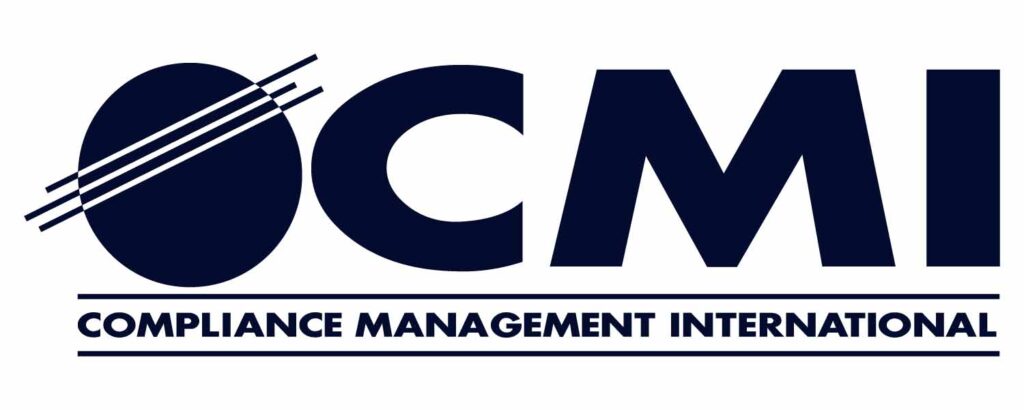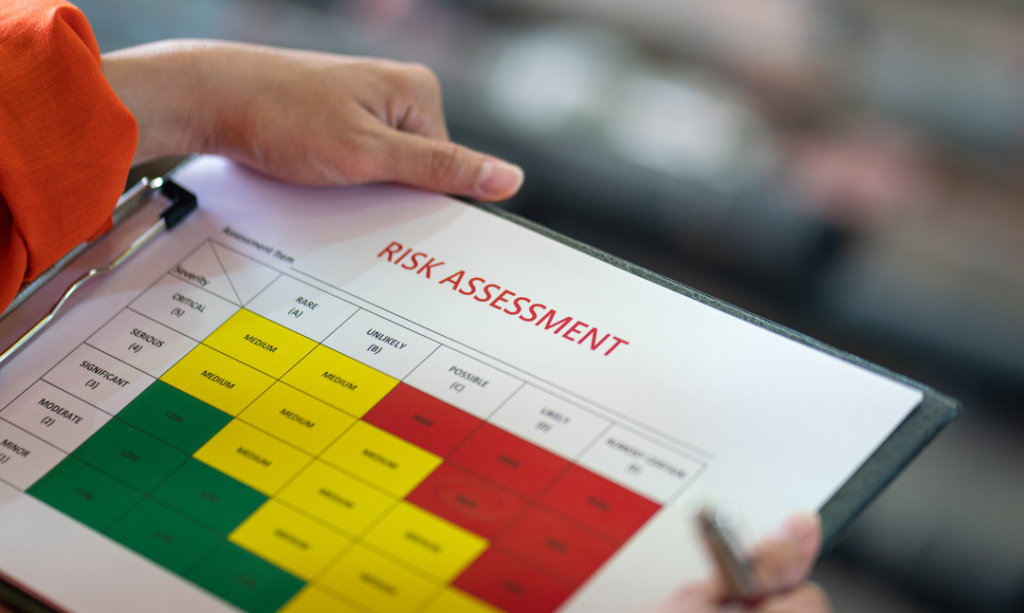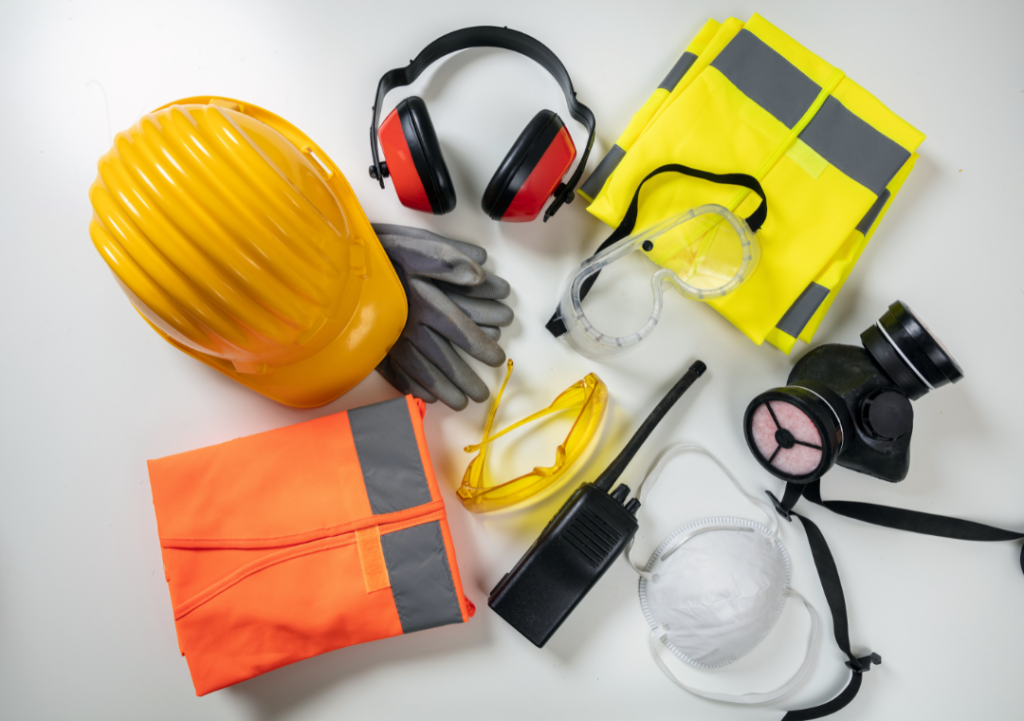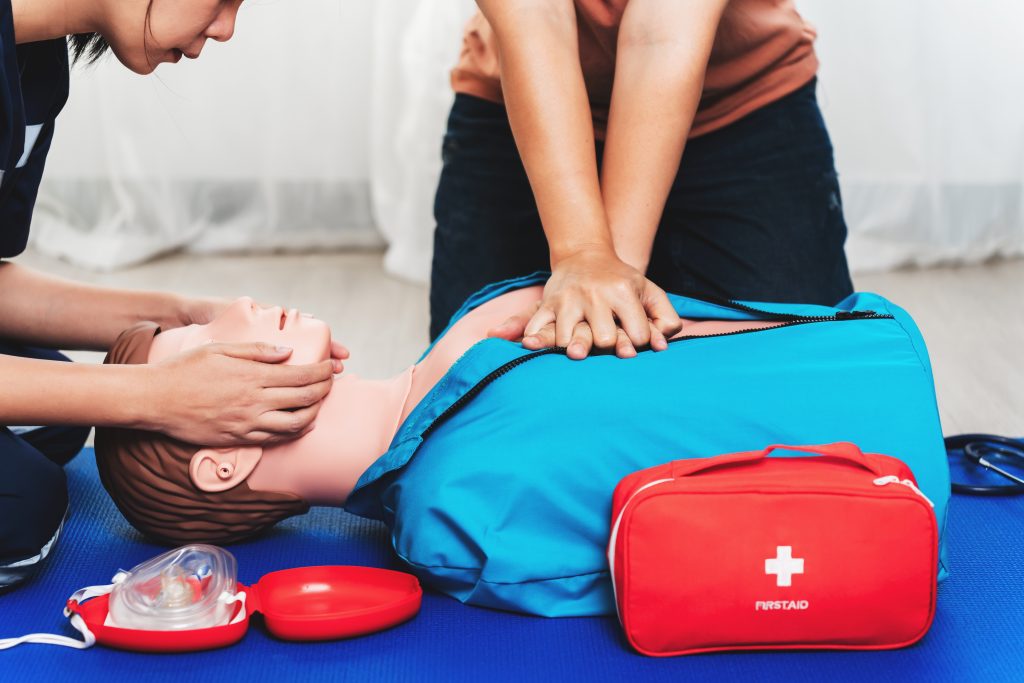For the past two months, all U.S. organizations have dedicated tremendous resources reacting to the COVID-19 outbreak. As businesses begin to move toward normalcy, it is of vital importance that leaders identify ways to strategically contain costs and manage their risks.
A helpful first place to start is the OSHA Top 10 list of most frequently cited standards. By aggregating these violations from 2019 into similar regulations, you will find that about 75 percent of the violations and fines are focused on three primary hazard areas: Machines, Materials and Movement.
| Hazard Area | Applicable OSHA Regulations | Fines | Average Fine |
| Machines | Electrical Safety
Lockout/Tagout Machine Guarding |
$ 27,630,581 | $ 13,270 |
| Materials | Air Contaminants
Hazard Communication Personal Protective Equipment (PPE) Respiratory Protection |
$ 6,526,092 | $ 7,681 |
| Movement | Powered Industrial Trucks
Walking & Working Surfaces |
$ 5,287,780 | $ 6,493 |
Machines: The three regulations that address machine risks account for nearly 40 percent of all violations and 50 percent of the fines. OSHA’s long-running National Emphasis Program (NEP) on amputations provides a guide on how to prevent hazards related to moving machine parts, isolation of hazardous energy sources, and electrical systems.
Materials: The regulations that protect against material hazards include airborne contaminants, hazard communication, PPE and respiratory protection. Chemical exposure control is clearly an OSHA priority. However, proper selection, use and training on PPE and respiratory protection will be even more critical to meet state and local COVID-19 return to work requirements.
Movement: Violations related to the movement of people and equipment, including powered industrial trucks (PIT) and employee slip/trip/fall exposures, is the third focus area. OSHA is considering revising the PIT standard to further reduce material handling risks.
Machines, materials and movement create significant risk for the manufacturing sector and account for almost 75 percent of OSHA violations and fines. Controlling these risks will also reduce severe and costly injuries.



